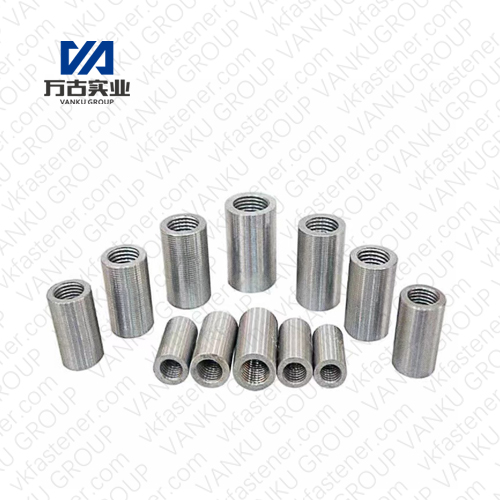The construction industry is witnessing a significant shift with the growing adoption of Thread Rebar Splicing technology. This innovative method is redefining how we approach steel reinforcement in concrete structures, offering enhanced strength, reliability, and efficiency in various projects.
What is Thread Rebar Splicing?
Thread Rebar Splicing involves the mechanical connection of two steel rebars by threading their ends and connecting them with a coupler. This method ensures a robust and consistent bond, enabling the transmission of tension and compression forces across the spliced bars. Unlike traditional lap splicing, which relies on overlapping bars, threaded splices provide a more compact and reliable connection, particularly in high-stress applications.
Advantages of Thread Rebar Splicing
Enhanced Structural Integrity: Threaded splices eliminate the need for overlapping bars, reducing congestion within the concrete and ensuring a more uniform stress distribution. This results in stronger, more resilient structures capable of withstanding higher loads.
Increased Efficiency: The splicing process is quick and straightforward, significantly reducing construction time and labor costs. With thread rebar splicing, projects can be completed faster without compromising on quality.
Material Savings: By eliminating the overlap required in traditional splicing, thread rebar splicing reduces the amount of steel needed, leading to cost savings and more efficient use of materials.
Versatility: This method is suitable for a wide range of applications, from high-rise buildings and bridges to tunnels and industrial facilities. Its adaptability makes it a preferred choice for both new constructions and retrofitting projects.
Applications in Modern Construction
Thread rebar splicing is gaining popularity in projects where structural performance and reliability are paramount. High-rise buildings, earthquake-resistant structures, and infrastructure developments increasingly rely on this technology to meet stringent safety and durability standards. Moreover, its ability to connect different rebar sizes and grades enhances its versatility in complex engineering projects.
Looking Ahead
As the construction industry continues to evolve, the demand for efficient, reliable, and cost-effective solutions like Thread Rebar Splicing will only increase. With ongoing advancements in technology and material science, we can expect even greater improvements in splicing methods, further pushing the boundaries of what’s possible in modern construction.
For engineers, contractors, and developers, embracing this technology is not just about staying ahead of the curve—it’s about building the future on a foundation of strength and innovation.






